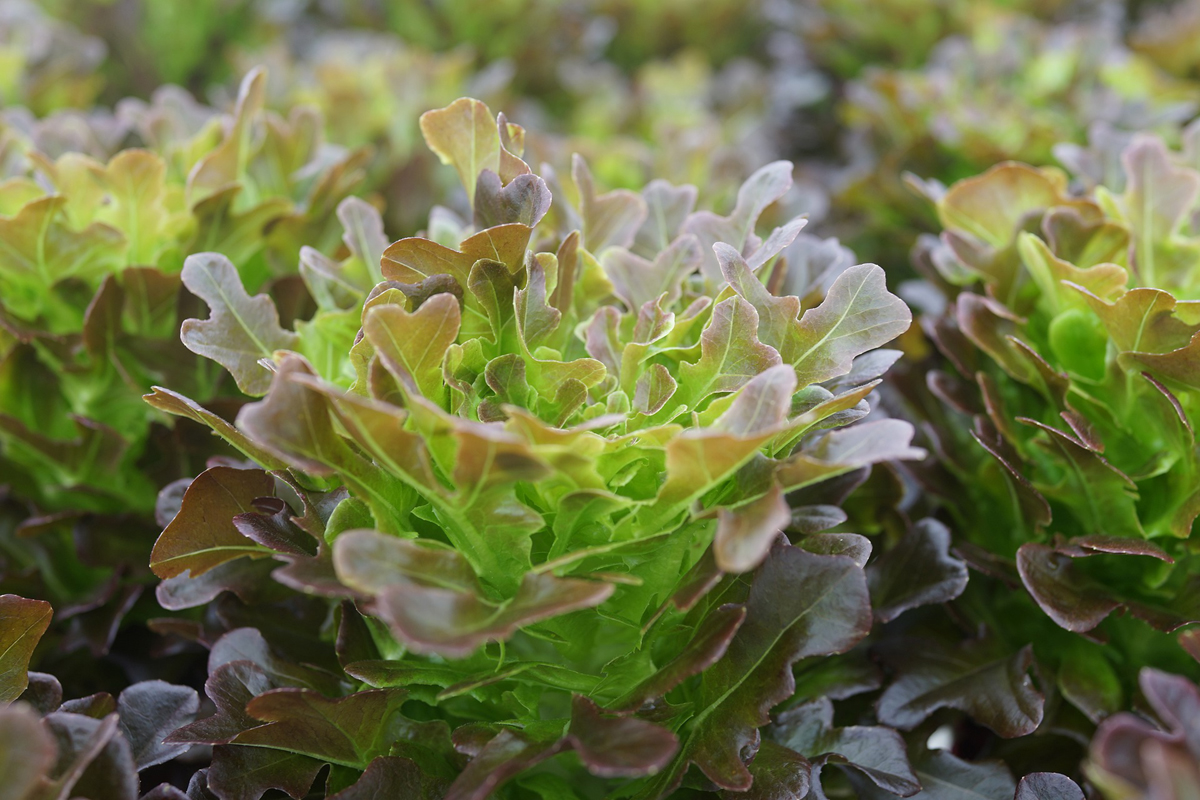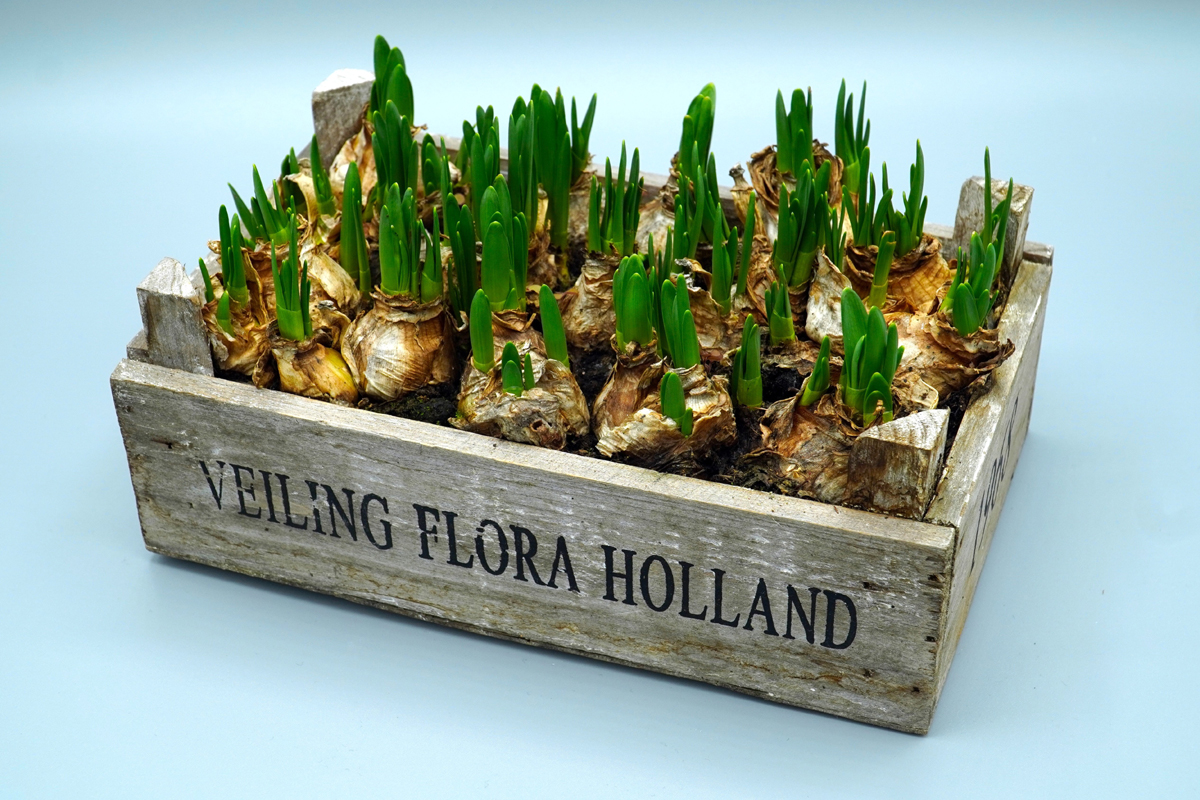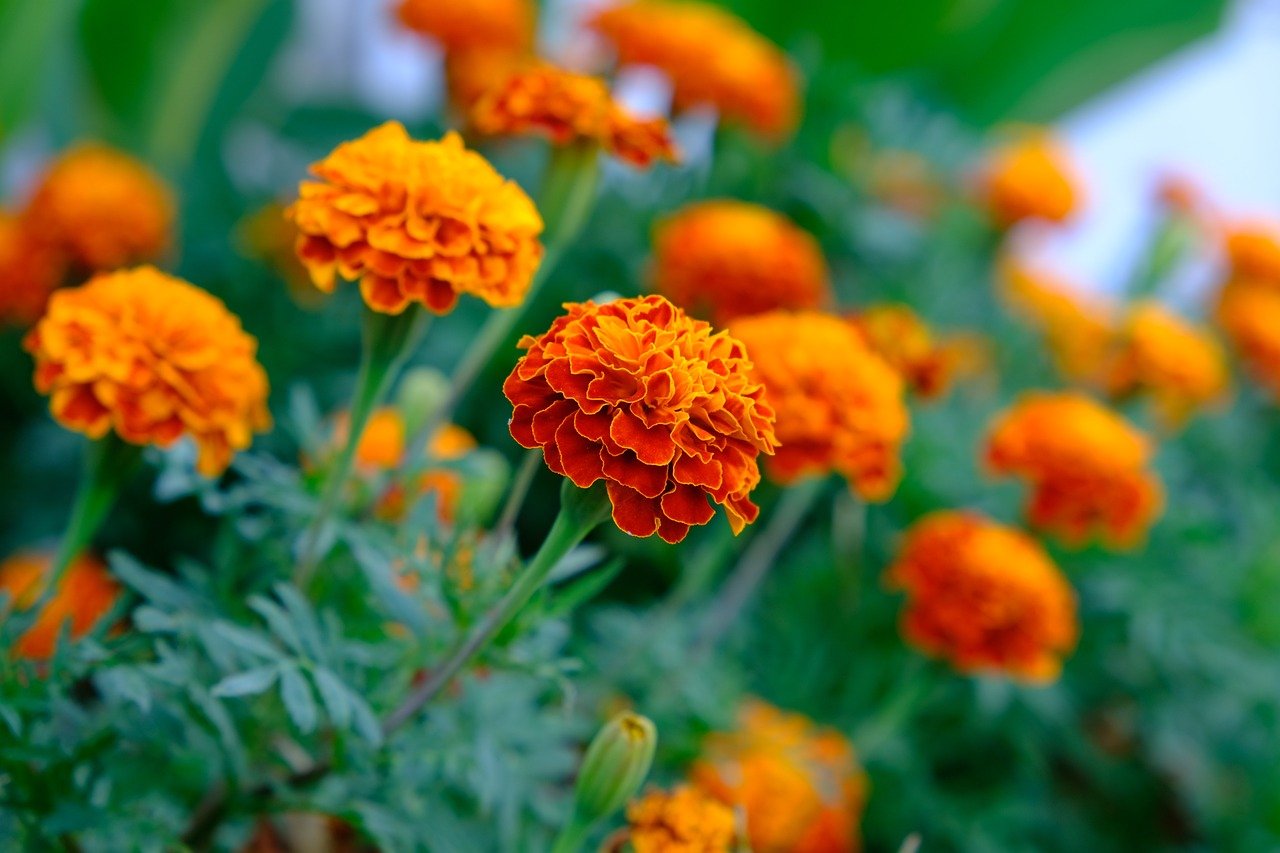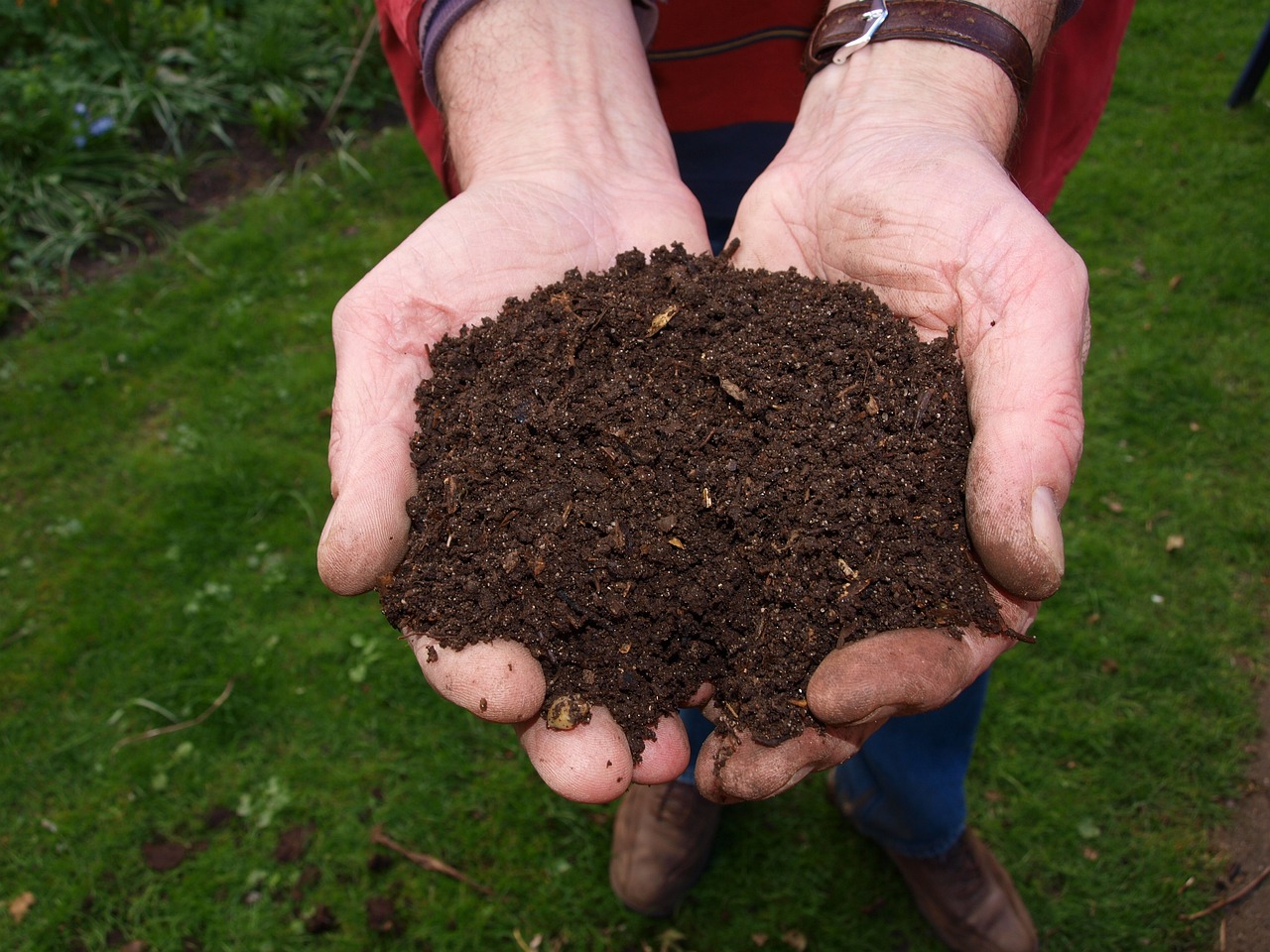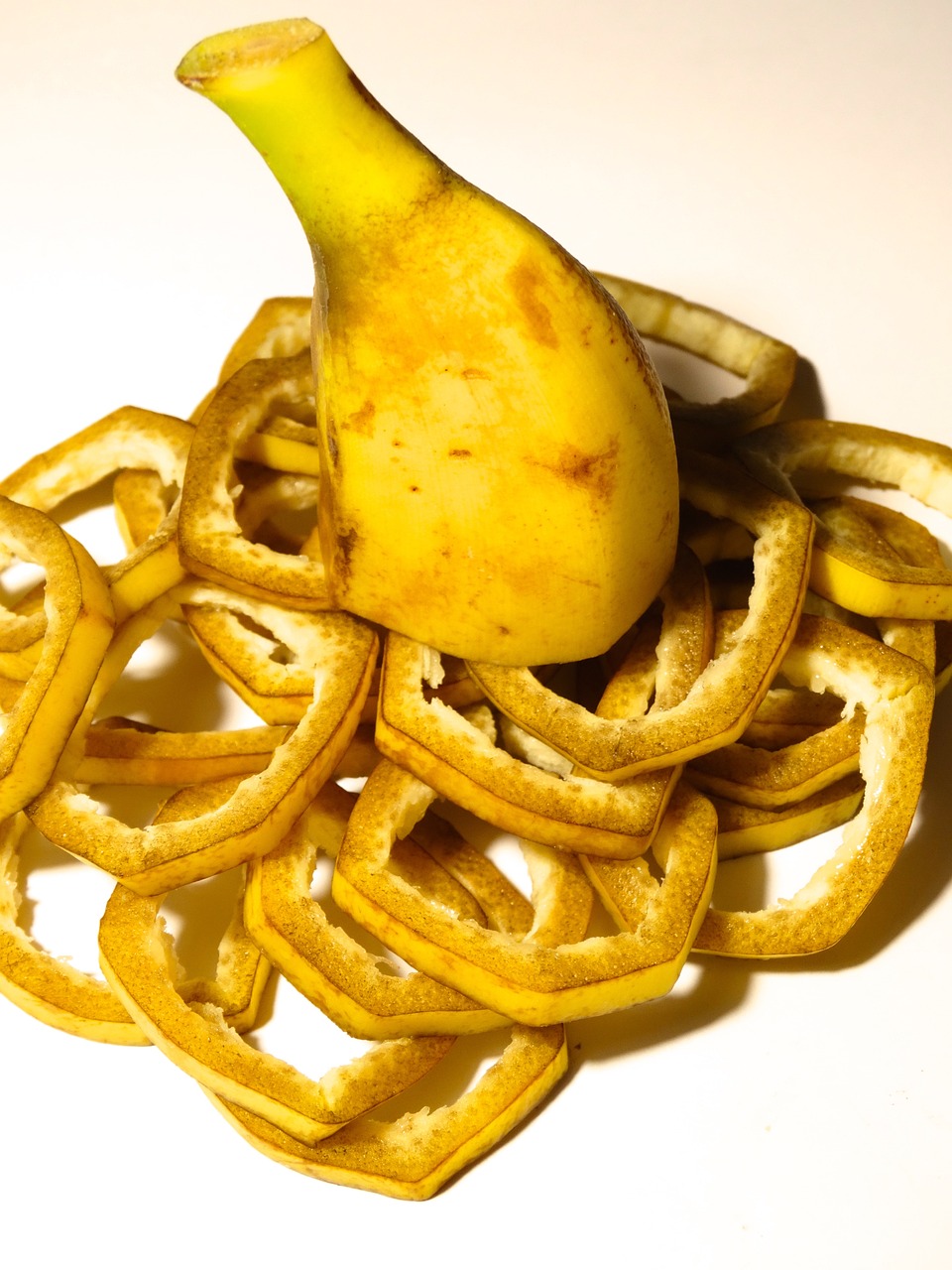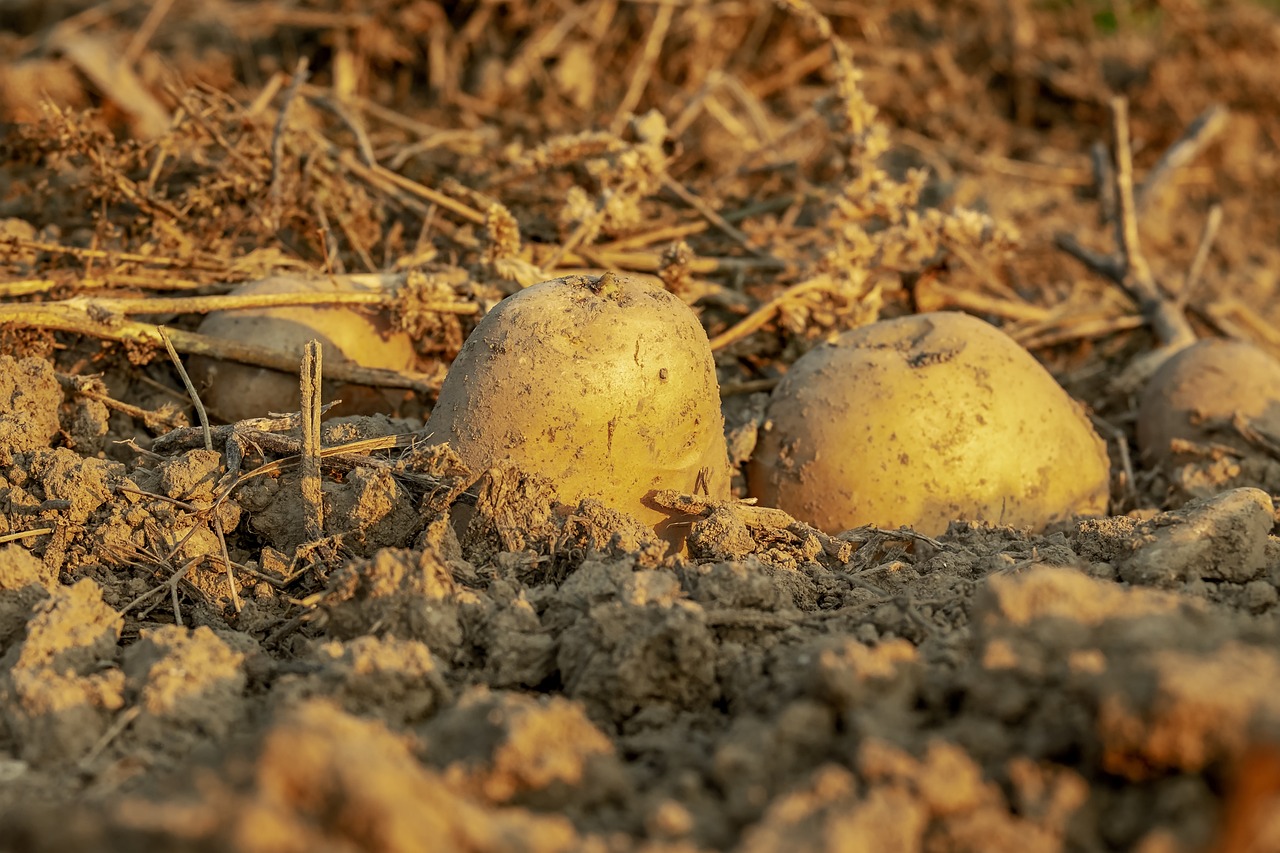Vegetable Rotation Using Crop Rotation Chart Yields More Abundant Harvests
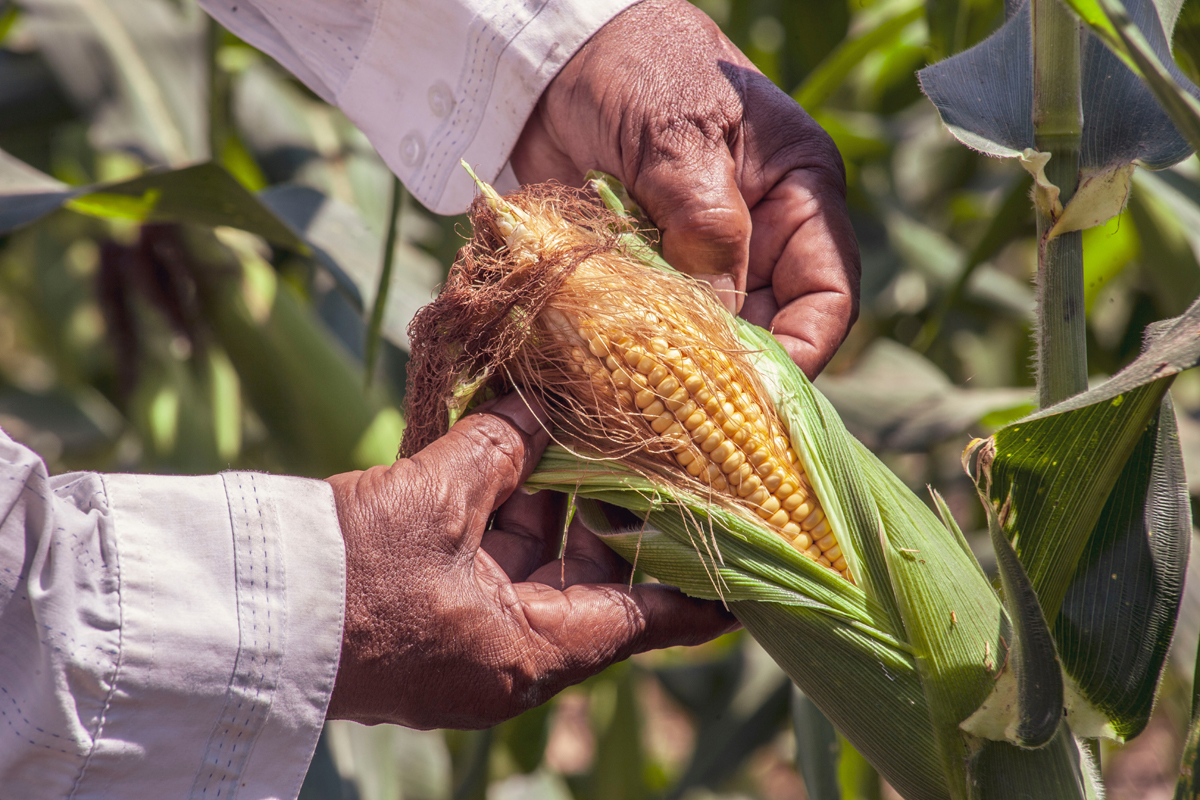
You may wonder whether vegetable crop rotation is even important in a normal backyard garden. However, long years of trial in organic gardens has shown vegetable rotation to have many benefits, many of which cannot be calculated. Probably the greatest benefit is how it balances the soil and reduces diseases in the soil, especially important in organic crops. Much of the material for this article comes from Eliot Colman’s masterful work, The New Organic Grower. However, that book was directed towards commercial growers who grow acres. This article adapts the principles of crop rotation an applies it to vegetables in the home garden.
Because most backyard gardens have limited space, crop rotation may simply occur naturally. But learning a few basic principles may help you build your garden plan a little more carefully. Creating a crop rotation chart will help you plan your garden more effectively.
Using Coleman’s research of hundreds of years experience of the successful French market gardens and his own thirty to forty years in his own organic gardens, we can break down garden crop rotation into eight groups.
Crop Rotation Chart
Here is a Crop Rotation Chart that may help you plan your vegetable garden. Sweet Corn, Potatoes, Cabbage family, Peas, Tomatoes, Beans, root crops, and Squash.
Each of these groups has characteristics that use nutrients or build soil uniquely. In addition, we need to consider space for each vegetable rotation sequence. The following list plant based upon the space that they use.
- Small or Densely Planted: Onion, Beat, Chard, Parsley, Celery, Parsnip, Rutabaga, Kale, Radish, Brussels sprouts, Cucumber
- Small Individual Plants: Lettuce, Pepper, Carrot, Summer Squash, Bean, Cabbage, Spinach
- Medium-Sized Plants: Tomato, Cauliflower, Broccoli
- Large Rows or Patches: Potato, Pea, Winter Squash
- Large Patch: Corn
- Sweet Corn. Sweet Corn is a heavy feeder. Two corn crops should not be grown side by side. Spread this crop as widely as possible in your rotation. Also, if you are using manure, the corn patch should be your primary location.
- Potatoes. Potatoes have been shown to get their best yield when they follow corn. Did you know that? So put your potatoes in next year where your sweet corn is this year.
- Peas. Peas are a legume and have the wonderful trait of pulling nitrogen from the air and depositing it in soil. For this reason it is the perfect crop to plant just in front of the corn. Peas are an excellent crop to rotate in front of any heavy feeder.
- Tomatoes and Peppers. Tomatoes and peppers should not be grown directly after potatoes. Tomatoes and Potatoes share the same diseases and pests, so if you can plant them in soil at least one year separated, you have a chance of allowing some of the diseases to be eliminated by some of the other natural chemicals of other plants. See my final note below about Tomatoes.
- >> Peppers: A Staple Harvest for Pioneers and Their Ingenious Methods of Preservation
- Cabbage Family. The cabbage family are also heavy feeders. Planting a legume in front of the cabbage family works well. Beans would be a good choice.
- Onions are interesting plants. They tend to be beneficial as a preceding crop as well as a companion crop. Planting onions in front of cabbage is also a good choice.
- Squash is a good “cleaning” crop. Their vines can spread wide and thick to help control weeds. Also, tilling their large leaves into the ground provides excellent organic material.
- Carrots and beets are hard on soil. They are good candidates to follow Squash. The squash will help to control weeds for successive crops.
Crop Rotation for Tomatoes is a Little Bit Unique
Tomatoes are a unique plant. Although we have discussed where tomatoes ought to come in a rotation, there are many farmers who claim that tomatoes break the rule, i.e. tomatoes can be grown in the same plot year after year. As a matter of fact, some farmers take the vines and break them and till them into the soil. Organic gardening expert Eliot Coleman explained that for ten year he planted tomatoes in the same greenhouse and each year they produced better and better. Still, others still claim rotation is vital for all plants, including tomatoes. You may want to see my article, “The top 10 Tomato Growing Tips.”
A Note about Onions and Carrots
Almost all plants (except peas and beans) are benefited by onions and carrots during the growing season. They both bring naturally beneficial insects. You may want to see my articles, “Beneficial Garden Companion Plants” and “Tomato and Asparagus-Natural Companion Plants” The important thing to keep in mind is that although we want to give our plants the greatest advantage as possible, a slight mistake or adjustment here and there won’t kill your garden. Take these guidelines, keep the heavy feeders in mind. Think about rotating those around your legumes, your squashes, and keeping your potatoes away from your tomatoes and peppers.
© 2009 LivingGardenSeries.com
The Author:

